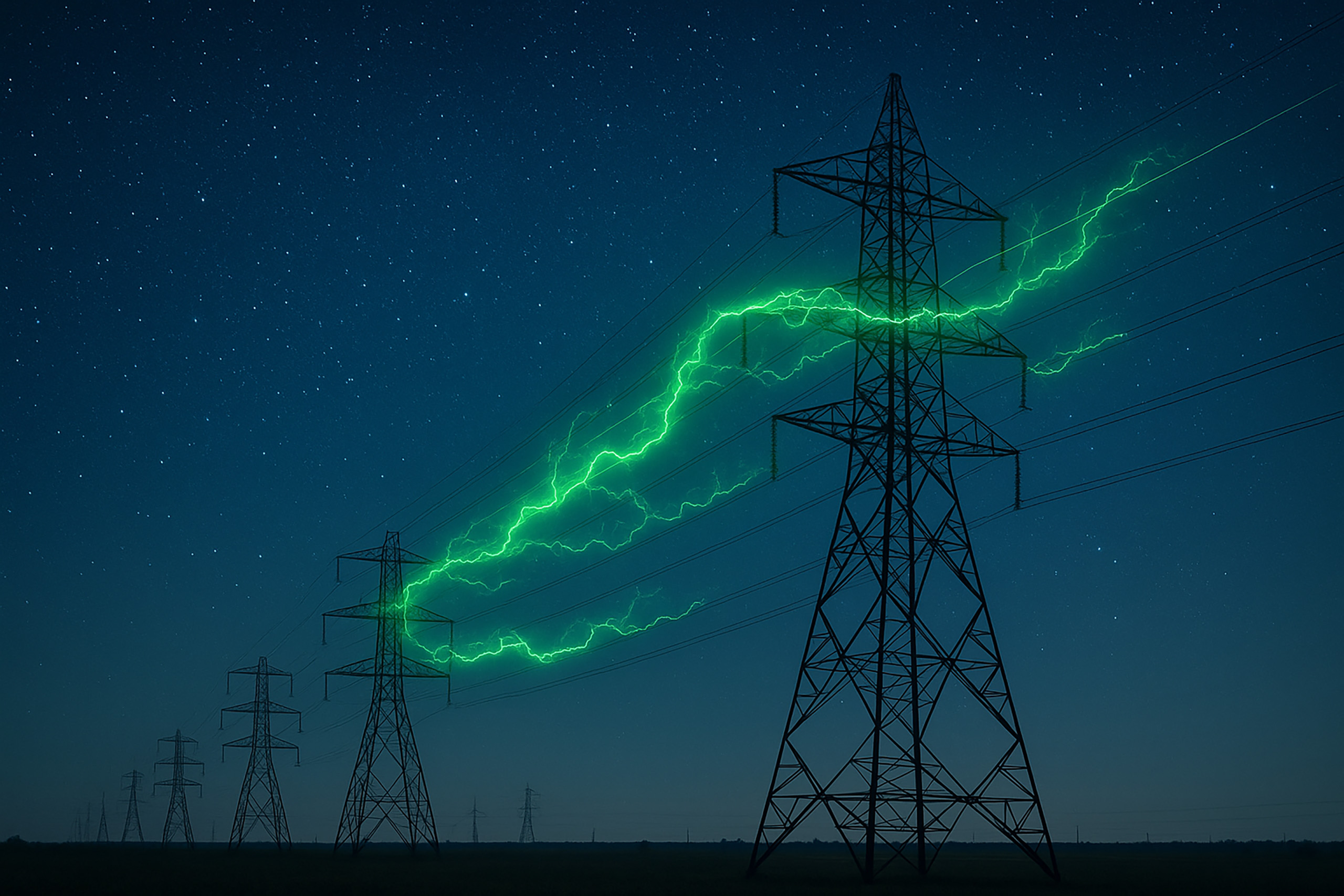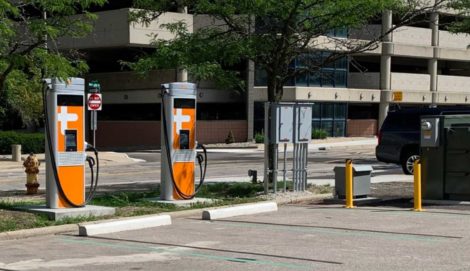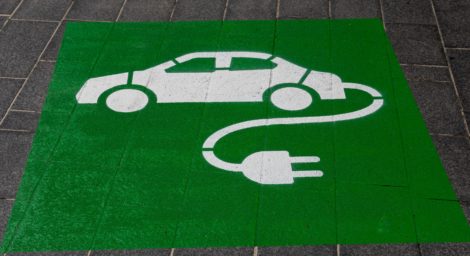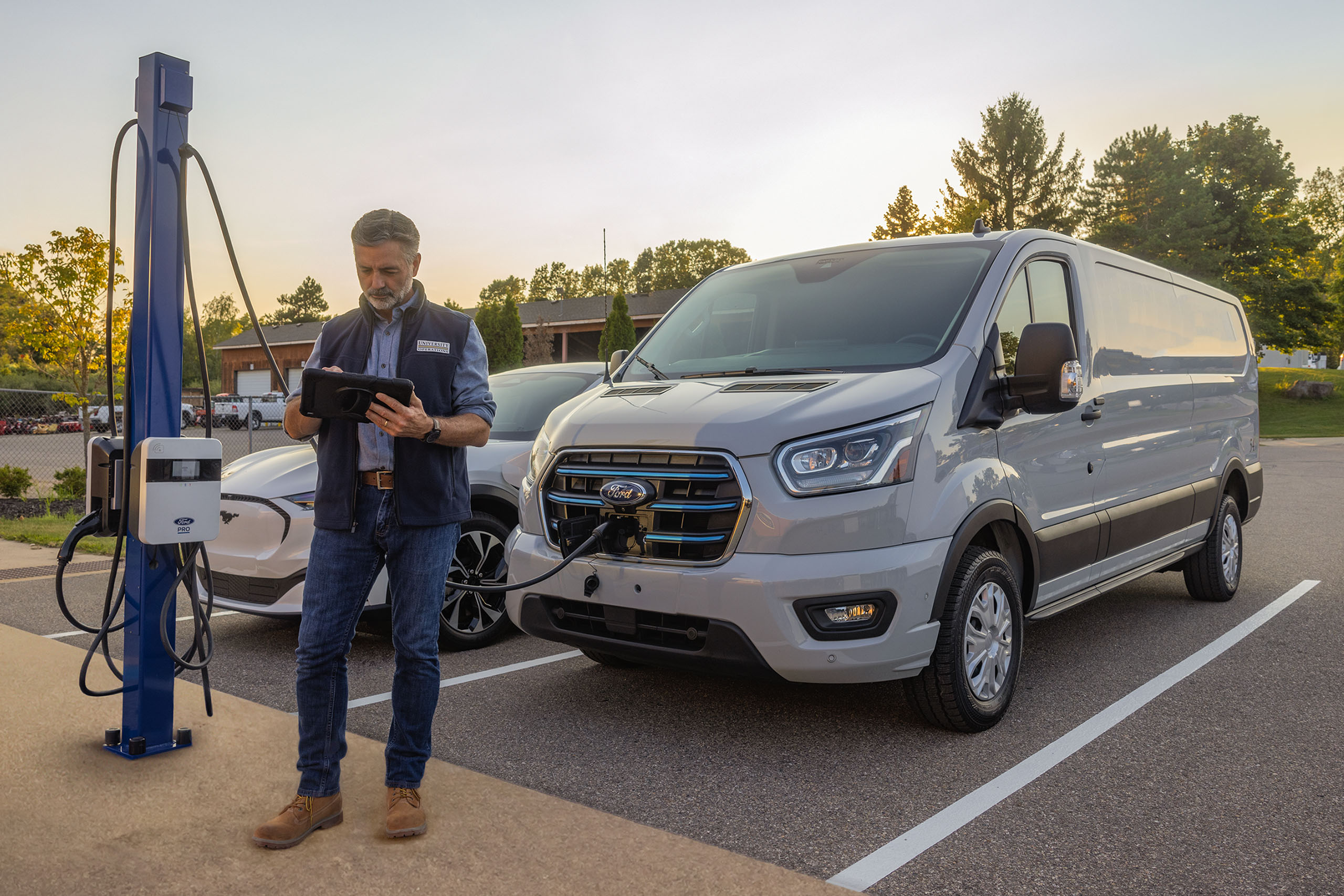

Global momentum toward electrification is building among original equipment manufacturers (OEMs), government entities, municipalities, and businesses. In September, the Biden administration approved EV infrastructure plans for 35 states, unlocking more than $900 million for EV chargers along 53,000 miles of U.S. highways.
One of the world’s largest automakers, Stellantis, unveiled its Dare Forward program in March, setting an ambitious target of carbon neutrality by 2038. Stellantis plans to sell at least 75 EV models by the end of the decade.
Despite all of the incentives and positive momentum, 28% of consumers still say they would not purchase an EV, according to Consumer Reports. A primary reason: concern about the “number of miles the vehicles can go” or the range of the vehicle’s battery.
Alleviating this so-called “range anxiety” is an important consideration for any business looking to install EV charging solutions.
How Does Range Anxiety Apply to My Business?
Range anxiety is an EV driver’s worry that the car’s battery will run out of charge during a trip.
Evaluating Users

There are two primary types of EV chargers appropriate for commercial use: level 2 and level 3. Level 3 EV chargers, also known as direct current fast chargers (DCFCs), can fully charge an EV in about a half hour.
Level 2 chargers use 240-volt circuits and charge at about 40 miles per hour. (Level 1 chargers are appropriate for residential use, as they run off of 110 volts and deliver around five miles of charge per hour.)
The types of chargers you install will depend upon the predicted dwell time of the people who will be using them.
Understanding Dwell Time
Dwell time refers to how long a customer or other stakeholder remains at your place of business. Clearly, a business that averages short dwell times would benefit more from offering level 3 chargers. If customers will be spending many hours at your business, level 2 chargers might be more appropriate.
For example, a hotel chain may want to consider level 2 chargers for overnight guests. On the other hand, a level 3 charger could fully charge the EV of a restaurant patron during a meal.
Identifying Business Goals
The attraction and retention of customers is just one business benefit of planned installation of EV chargers. Before any company invests in EV infrastructure, though, it’s critical to create a business strategy that helps clarify your company’s goals.
Why Should My Business Care about Alleviating Range Anxiety?
It’s a trend that is gaining momentum: consumers are prioritizing sustainability when they make purchasing decisions. In fact, a 2022 IBM survey found that environmental sustainability is more important to respondents today than it was 12 months ago. The survey found consumers’ actions are starting to match their intent.
Building Your Brand
Providing EV charging indicates to potential customers that you believe in sustainability measures and allows drivers to rely on your company to alleviate their range anxiety. Your public-facing EV chargers demonstrate that you care about the needs of customers.
Addressing Consumer Expectations

Hotels and other remote destinations provide accommodations for travelers. There will be 26 million EVs on U.S. roads by 2030, according to the Edison Electric Institute (EEI). EV drivers will expect EV charging at their destinations, as they now expect to have wireless internet in a hotel room.
Meeting the Needs of Employees
Perhaps your business dwell time—such as that at a convenience store—is too short to benefit from providing EV charging for customers. Nonetheless, you have employees. An increasing number of your workers will be driving EVs, and they will be looking for workplace EV charging. The use of a level 2 charger at work assures employees that they will have enough charge to drive home, alleviating range anxiety.
Providing EV chargers is increasingly important in attracting high-level talent, especially millennials, who tend to look for socially responsible employers. This is one finding from Charging Forward at Work, a report by Future Energy partner ChargePoint. The report indicates that workplace EV charging “has become a necessity for some of the world’s leading brands.”
How Does My Business Build a Strategy around Providing EV Charging Solutions?
Future Energy helps companies identify the business value of using EV chargers. A well-thought-out strategy considers all the people who interact with your facility: customers, employees, and even vendors. They all will be looking to charge. Managing EV charging demand in a way that benefits your business depends on software.
Managing Risk
Many enterprises paint themselves into a corner with EV charger installation. It’s critical to have a plan so that your business can manage risk. Otherwise, you risk upsetting customers or employees who must compete for EV chargers or your business could unwittingly rack up unanticipated electricity costs.
Incorporating Networking Software

Interface provides real-time data that helps businesses with parking enforcement, lighting, video monitoring, and other operational concerns. Your company can monitor and manage time slots for EV charging for guests or employees to maximize the efficiency of EV charging. Additionally, Interface monitors and adjusts energy use to ensure that you don’t rack up unexpected electricity charges.
Networked EV chargers also help on the consumer side. Through the use of a smartphone, EV drivers can quickly identify the location of networked chargers. EVs also have built-in systems that indicate when the vehicle will need to charge and automatically guide the car to the nearest open EV charging station. Both greatly relieve range anxiety.
Networked chargers also promote your business to drivers seeking to alleviate range anxiety. EV chargers “can convince drivers to choose a store over a competitor’s location,” according to ChargePoint. Travelers look for places to charge en route at hotels or other destinations. Municipalities can draw EV drivers in by offering EV charging. All of these benefits depend upon the ability of EV drivers to find you, though, which relies on integrated software.
Who Can Help My Business Identify EV Charging Goals?
Need help with identifying how alleviating range anxiety can help your business’s long-term strategy? Contact Future Energy today to speak with our expert consultants and learn how best to integrate EV charging into your business operations.



